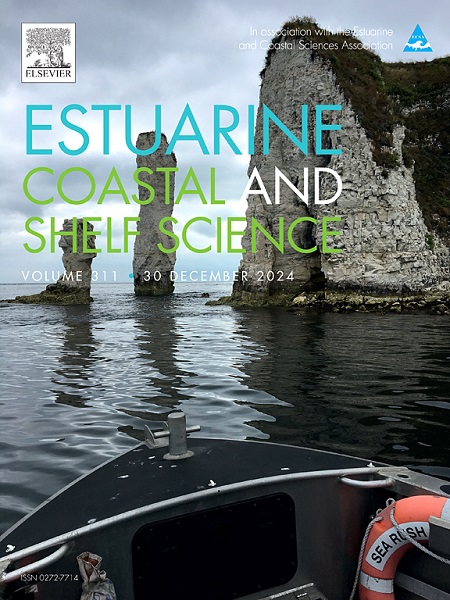Species diversity within ecosystem diversity of wetlands within drylands: Waterbird ecological attributes in an ecological complex of wetland habitats
IF 2.6
3区 地球科学
Q1 MARINE & FRESHWATER BIOLOGY
引用次数: 0
Abstract
North Africa serves as a vital stopover for millions of migratory waterbirds along the Africa-Eurasia migration routes. During autumn and spring migrations, North African wetlands provide crucial refueling sites before birds cross the Sahara Desert or the Mediterranean Sea. In the northeastern region of Algeria, the wetlands in the Batna province hold significant importance due to their strategic location between the Tell Atlas and the Saharan Atlas ranges, shaping unique climate and habitat conditions for avifauna during migratory movements. Over fourteen years (2008–2021), waterbird counts conducted across 21 wetlands grouped into nine clusters of wetlands in this region revealed the presence of 68 species representing 16 families across 10 orders. Charadriiformes dominated with 32 species from five families, alongside Gruiformes and Pelecaniformes each represented by two families. Notably, 42 out of the 68 species potentially used these wetlands as wintering grounds. The study categorized bird species based on biogeographical affinity, with a notable dominance of the western Palaearctic. Among trophic categories, invertebrate consumers were the most prevalent, comprising 50% of recorded species. Furthermore, the protection status of each identified species was assessed at national and international levels, referencing Algerian legal texts, the IUCN Red List, and various international conventions. While 60 species were classified as "least concern" on the IUCN Red List, Oxyura leucocephala was categorized as "endangered", with Marmaronetta angustirostris and Aythya ferina listed as "vulnerable", and five species marked as "near threatened". The cluster of wetlands composed of Chott Gadaine and Chott of Oued El-Madher emerged as the most diverse, harboring 60 species, including numerous nationally and internationally protected species, due to its remote location from residential areas. As such, five wetland ecosystems are proposed as potential Ramsar and/or Important Bird and Biodiversity Areas (IBAs) sites: Ouled Mohamed Ben Amor Hill reservoir, Gadaine complex, Tagratine Hill reservoir, Koudiet Lamdaouer Dam, and Bousberka Hill reservoir. This study not only addressed primary threats and degradation factors impacting avifauna, particularly endangered species but also offered perspectives for conservation strategies. The insights gained are critical for the preservation of key species and sites of ornithological importance.

求助全文
约1分钟内获得全文
求助全文
来源期刊
CiteScore
5.60
自引率
7.10%
发文量
374
审稿时长
9 months
期刊介绍:
Estuarine, Coastal and Shelf Science is an international multidisciplinary journal devoted to the analysis of saline water phenomena ranging from the outer edge of the continental shelf to the upper limits of the tidal zone. The journal provides a unique forum, unifying the multidisciplinary approaches to the study of the oceanography of estuaries, coastal zones, and continental shelf seas. It features original research papers, review papers and short communications treating such disciplines as zoology, botany, geology, sedimentology, physical oceanography.

 求助内容:
求助内容: 应助结果提醒方式:
应助结果提醒方式:


